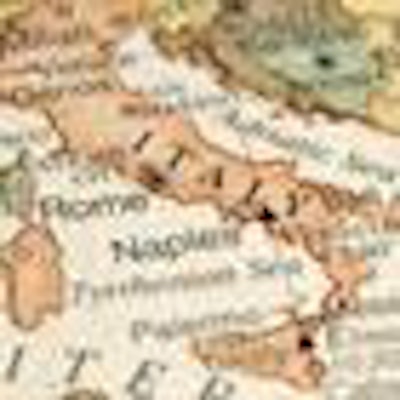
A study of breast cancer screening in 700 municipalities in Italy during an eight-year period showed that the incidence of late-stage breast cancer declined starting in the third year of screening, an article published online on 15 March in Cancer revealed.
A large multi-institutional team of researchers conducted a study designed to assess changes in the total incidence of breast cancer and in the incidence of late-stage breast cancer after the introduction of organized mammography screening in Italy.
Mammography screening programs are decentralized in Italy. As a result, adoption has taken place in a staggered fashion over the past 20 years and still is not complete. However, by 2009, 70% of women in Italy between the ages of 50 to 69 had received at least one invitation for mammography screening.
Because of this, Dr. Lauro Bucchi of the Romagna Cancer Registry in Forli and co-authors evaluated a population of almost 700,000 women living in 700 municipalities in six administrative regions of central and northern Italy. A total of 13 cancer registries were evaluated to identify women diagnosed with late-stage cancer. The time period analyzed was between 1991 and 2005.
In 1990, a total of 5,002 advanced-stage cancers were identified in the year prior to the start of a screening program. During an eight-year period that screening was in place, the total number of late-stage breast cancers identified was 14,447.
The proportion of total incident cancers detected by screening peaked in year two. After the introduction of screening, the incidence of late-stage breast cancer remained unchanged during years one and two. The proportion then started to decrease, stabilizing at 5% to 10% from year five of the screening program onward.
However, the incidence rate of late-stage breast cancer was not different between municipalities that had been screening for years and those that only had a screening program in place for eight years.
For each two-year period of screening, the total breast cancer incidence was higher than the expected rate. However, the opposite was true for patients diagnosed with late-stage cancer. The incidence rate ratio (IRR) also steadily declined with respect to diagnosing late-stage cancer, starting at 0.97 in the first two years of screening, and steadily declining to 0.71 in the seventh and eighth years of screening.
Based on this statistical analysis, mammography screening programs is making a difference in identifying breast cancer at an early stage of its development, the authors concluded.


















